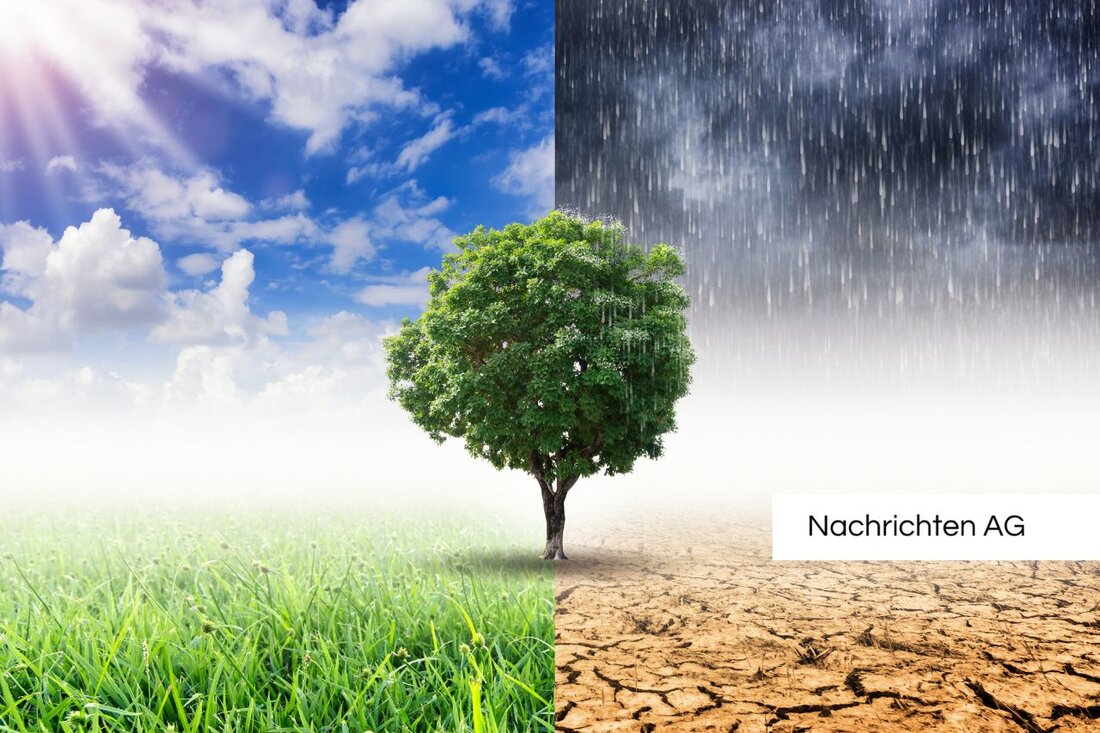Renaturation of the Donaumoos: Standstill Despite centuries age hope!
Renaturation of the Donaumoos: Standstill Despite centuries age hope!
Donaumoos, Bayern, Deutschland - The Bavarian Donaumoos, once the largest Lower Moor in southern Germany, has been faced with systematic drainage since the late 18th century, which has significantly changed its natural character. A current interdisciplinary study by the University of Leipzig documents these changes over a period of 237 and was published in the "E&G Quaternary Science Journal". This analysis shows that the conversion of the bog took place in two large phases, a first from 1788 to around 1794 and a second from 1907 to 1959. Despite the existing renaturation recommendations since the 1980s, no significant progress has been recorded. Historically grown socio -economic structures seem to hinder the necessary changes in the Danubeoos.
From 1788, a comprehensive drainage of the low bog through a network of trenches and channels began, which favored the agricultural use of the area. At the same time, the Danube course was straightened. The total length of the drainage trenches has remained almost unchanged, while the Danubeoos is still used conventionally. These agricultural practices also represent an ongoing drainage pressure, which endangers the ecological function of the bog as a carbon store. In addition, the study documents that older soil horizons and Torfe may contain archaeological layers that have not yet been examined.
Current measures for renaturation
In the coming months, approval for a model test in Obermaxfeld will be expected to secure the future use of the Danubeoos. This experiment will depend on the groundwater modeling of the Ingolstadt water management office, whereby the varying moor conditions and soil parameters bring difficulties in modeling. It is planned to build up a trench with two buildings to analyze the effects on the wet meadows. Another goal of these measures is to improve the groundwater level for better yields in agriculture and the preservation of the still existing peat.
As part of the model test, flood shapes are also built to create relief during floods. The groundwater level in Obermaxfeld is currently falling to a depth of up to two meters. For meadows, an increase is aimed at around 40 cm, which could sometimes be higher. The goals of the experiment include:
- Receive the wet meadow character for meadow breeders and biodiversity.
- Improvement of the groundwater level for better yields in agriculture.
- Receive the existing peat.
meaning of the bog for climate protection
bogs play a crucial role in climate protection because they have a high multifunctional importance. In Bavaria, too, the renovation of bogs is slowly progressing. The Bavarian State Government's climate protection program focuses on natural CO2 storage using renaturation measures. The aim of these initiatives is to restore the living space and biodiversity. In order to regain the functions of the bogs, a water level of 0 to 10 cm below the top edge is ideal.
renatured bogs attract specialized species that are important for the ecosystem. In addition, the establishment of moss -typical plant species promotes peat growth and binds carbon. However, the switch to alternative forms of management also represents challenges, in particular with regard to the necessary investments in technology and marketing. Examples of such alternative forms of use are the cultivation of paludic cultures or grazing with water buffalos that not only use bogs, but can also promote climate protection.
The results of this comprehensive research and the upcoming attempts at renaturation offer new perspectives in archaeological monument conservation and nature conservation. It remains to be seen to what extent these measures will cause the urgently needed change in the Danubeoos.
Uni-potsdam.de
Wochenblatt-dlv.de
lfu.bayern.de
| Details | |
|---|---|
| Ort | Donaumoos, Bayern, Deutschland |
| Quellen | |


Kommentare (0)